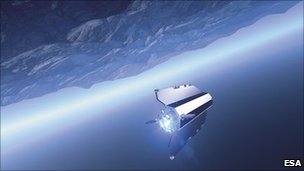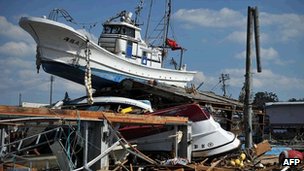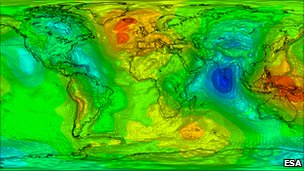- Banned
- #1
The IHO(International Hydrographic Organization) meeting held in 2007 discussed the "East Sea, Sea of Japan" dispute between Korea and Japan. The dispute was based on the publishing of an official map of the oceans, and whether to include both East Sea and the Sea of Japan notation or not. Despite a much heated debate, the meeting ending with no straightforward results.
However it has been concluded that it is problematic to simply publish the map with the Sea of Japan notation.
It is important to understand the historical significance of the East Sea notation.
Currently the Sea of Japan notation that is official in many foreign maps are based on the IHO map that was published in 1929. Korea was occupied by Japan during that time, and that is when Japan forcefully named East Sea as Sea of Japan. However, Korea is no longer occupied by Japan and it must be noted that the East Sea(or Chosun Sea) notation has been used as early as the 4th century up to the early 20th century.
However it has been concluded that it is problematic to simply publish the map with the Sea of Japan notation.
It is important to understand the historical significance of the East Sea notation.
Currently the Sea of Japan notation that is official in many foreign maps are based on the IHO map that was published in 1929. Korea was occupied by Japan during that time, and that is when Japan forcefully named East Sea as Sea of Japan. However, Korea is no longer occupied by Japan and it must be noted that the East Sea(or Chosun Sea) notation has been used as early as the 4th century up to the early 20th century.





